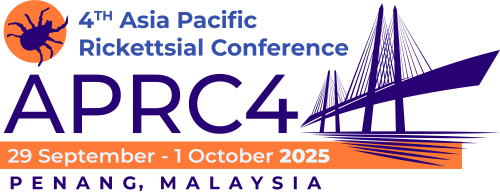Plenary 3
From Maps to Mathematics: Modelling Approaches to Bridge Knowledge Gaps in Rickettsial Diseases
Rickettsial diseases are a significant yet understudied public health challenge. Their complex transmission dynamics and difficulties in point-of-care diagnosis have led to considerable knowledge gaps in areas such as transmission intensity, disease burden, and key drivers. Mathematical and geospatial modelling approaches offer powerful tools to bridge these gaps. Recent studies demonstrate this utility: the use of geospatial models to explore environmental covariates and spatial effects, and the application of catalytic models to serological data to estimate key parameters such as transmission intensity and antibody waning rates. Drawing from successful applications in other infectious diseases, these approaches have the potential to significantly enhance our understanding of disease burden, distribution, and drivers; develop early warning systems; evaluate and prioritise control interventions; improve diagnosis and predict clinical outcomes; and guide future surveillance and research. These efforts involve the use of a range of techniques including compartmental, agent-based, and within-host models, as well as machine learning algorithms. Understanding these techniques' limitations and data requirements is crucial for effective application and correct interpretation of model outputs. Future progress will depend on close multidisciplinary collaboration to generate high-quality multisource data, develop methodologies, and improve study design. This will help leverage the potential of these approaches to inform more effective public health policies and targeted interventions, ultimately reducing the global burden of rickettsial diseases.
